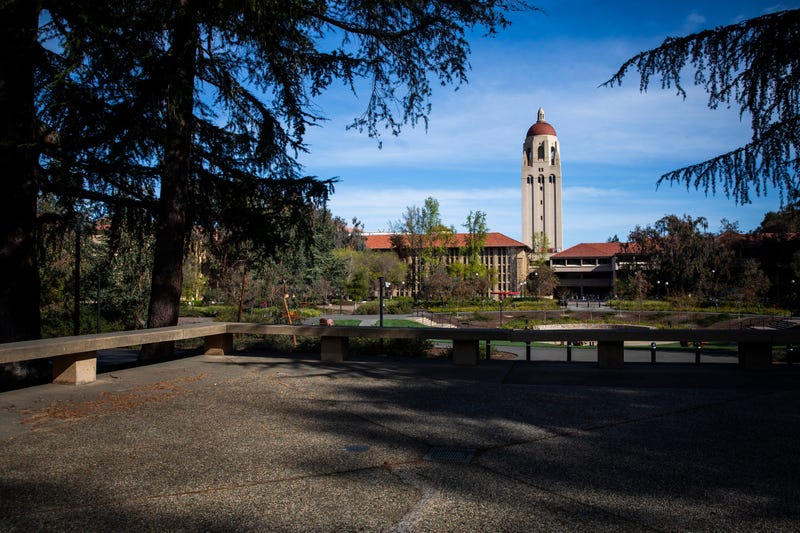
Stanford University has revised its controversial coronavirus antibody study that shocked so many people when it was released in April.
The revised analysis now estimates that in April, 54,000 people in Santa Clara County, or 2.8% of the county’s residents, had been infected by the coronavirus. That is down from the earlier estimate of 81,000 but still far higher than the approximately 1,000 cases that had been confirmed at the time.
The first-in-the-nation study tested 3,000 people at three difference sites in the county for COVID-19 antibodies. But it was first released, it came under fire for its methodology. Subjects were recruited through Facebook so it was not a random sampling of the population. And while the antibody test used in the study was the best available at the time, it has since shown a high number of false positives.
Experts and officials across the country are increasingly focusing on antibody testing to provide data about the spread of the disease.
“We need to know whether these antibodies are protective and how protective they are,” says Dr. James Wantuck, who warns that it is not yet known whether antibodies can make a person immune from the disease for life. “But I’m also confident that it will become an important part of the return to work strategy… certainly companies testing everyone in their workforce. And there are programs to test a lot of people randomly throughout the population to understand where is this disease geographically and who is it affecting and what proportion.”
If accurate, the results from this study would show the COVID-19 death rate to be lower than previously assumed. Stanford researchers say they stand by their earlier conclusion that a vast majority of people in Santa Clara County do not have the COVID-19 antibodies and therefore are still susceptible to the virus.
